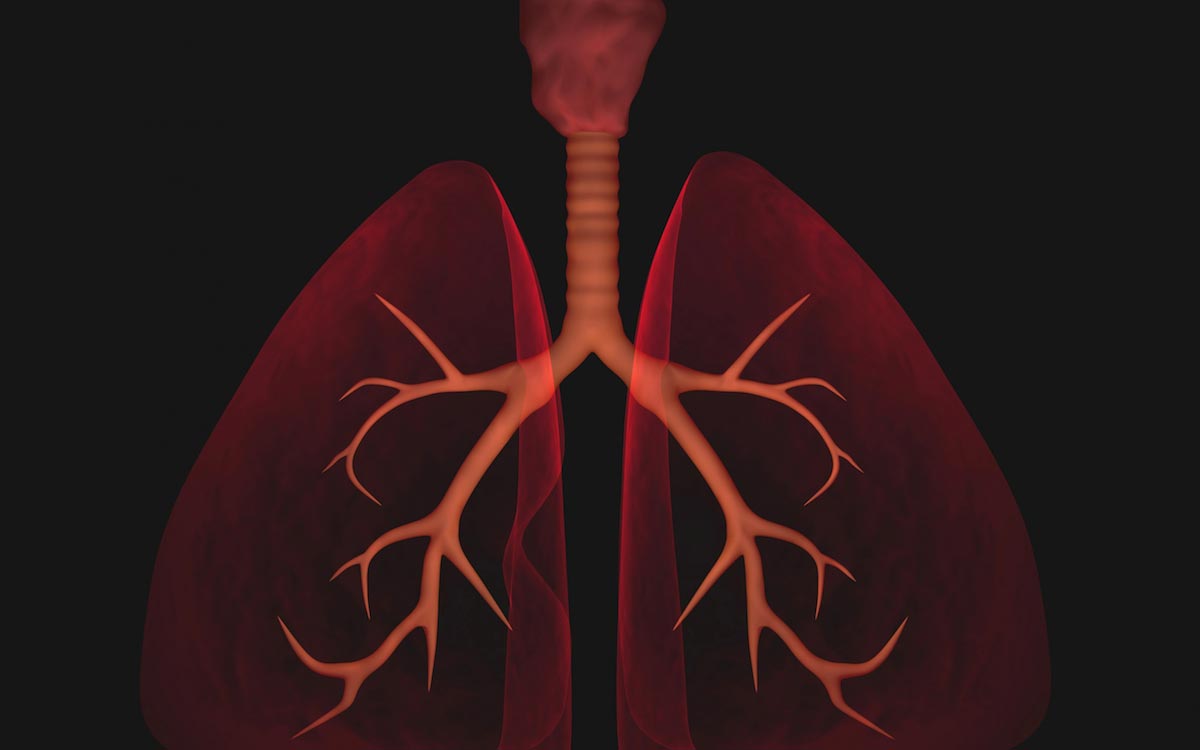3D virtual reality video shows how rapidly coronavirus destroys the lungs
04/01/2020 / By Franz Walker

With diseases such as COVID-19, it can be hard to visualize the kind of damage that the virus does for anyone outside of the emergency room. Now, researchers have released a 3D virtual reality fly-through of a patient’s lungs showing exactly the kind of damage the coronavirus causes.
Researchers at the George Washington University Hospital (GWUH) in Washington, D.C. have released a video showing a 3D model of the lungs of a 59-year old male patient with COVID-19. During a recent podcast, Dr. Keith Mortman, chief of thoracic surgery at GWUH, used the video to walk listeners through the moment the infected patient first began to show symptoms to the eventual devastation that the coronavirus caused to the patient’s lungs.
The patient arrived at GWUH on March 18 and was the first case of COVID-19 at the hospital. During his stay at the hospital, Dr. Mortman had regular computer tomography (CT) scans taken of the patient’s lungs.
These scans were then processed to create a virtual 3D simulation of the inside of the patient’s lungs, documenting the progression of the disease as time passed. The resulting video shows how rapid and progressive damage occurred in the patient’s lungs, eventually requiring the patient to be put on life support.
Patient’s condition deteriorated quickly
Mechanical ventilators are often used to help patients who develop difficulty breathing due to the novel coronavirus. However, according to Dr. Mortman, the specific case used in the model got so bad that a ventilator was no longer sufficient. Instead, the patient needed to have his blood removed so that doctors could oxygenate it and return it to his body in a process called extracorporeal membrane oxygenation (ECMO).
Dr. Mortman also noted that the condition of the patient in question deteriorated very quickly from simply having a fever and a cough to the point where he needed ECMO.
“What we’re seeing is that there was rapid and progressive damage to the lungs so that he needed higher levels of support from that ventilator, and it got to the point where he needed maximal support from the ventilator,” stated Dr. Mortman.
Pointing to the 3D video that showed the state of the patient’s lungs, Dr. Mortman said that you didn’t need to be a physician to see how bad it is.
“There is such a stark contrast between the virus-infected abnormal lung and the more healthy, adjacent lung tissue,” stated Dr. Mortman. “And it’s such a contrast that you do not need an MD after your name to understand these images.”
Damage beyond recovery
According to Dr. Mortman, the damage shown in the video isn’t isolated to a single part of the lungs. Rather, the damage spreads to “both lungs diffusely.” More importantly, he said that the infection leads to lasting damage that’s beyond recovery.
“When that inflammation does not subside with time, then it becomes essentially scarring in the lungs, creating long-term damage,” Dr. Mortman explained. “It could impact somebody’s ability to breathe in the long term.”
Using virtual reality to show the risks of COVID-19, even to young people
Dr. Mortman stated that he hopes that by utilizing virtual reality technology to show the extent of the damage caused by the coronavirus, the public can get an idea of just how serious the virus is.
In particular, Dr. Mortman noted the lack of concern from younger people about the coronavirus. With early reports stating that COVID-19 posed a higher risk to older people, in particular those with pre-existing conditions, younger people have tended to downplay the threat of the virus to them. This has caused some experts to warn that the latter is just as much risk as older people.
In particular, Dr. Mortman pointed out that the patient who’s lungs they modeled did not have any underlying medical conditions aside from high blood pressure.
“This truly is a public health and global health phenomenon,” Mortman said. “It is affecting every age group.”
Sources include:
Tagged Under: 3D, 3D rendering, 3D scan, 3D scanning, coronavirus, covid-19, CT scan, ECMO, extracorporeal memberane oxygenation, goodtech, infections, lung, lung damage, lung disease, lungs, outbreak, pandemic, pneumonia, podcast, priority, superbugs, virtual medicine, Virtual reality
RECENT NEWS & ARTICLES
Pandemic.News is a fact-based public education website published by Pandemic News Features, LLC.
All content copyright © 2018 by Pandemic News Features, LLC.
Contact Us with Tips or Corrections
All trademarks, registered trademarks and servicemarks mentioned on this site are the property of their respective owners.





















